Fieldwork
This listing expired on December 1, 2023. Please contact info@archaeology.institute for any updated information.
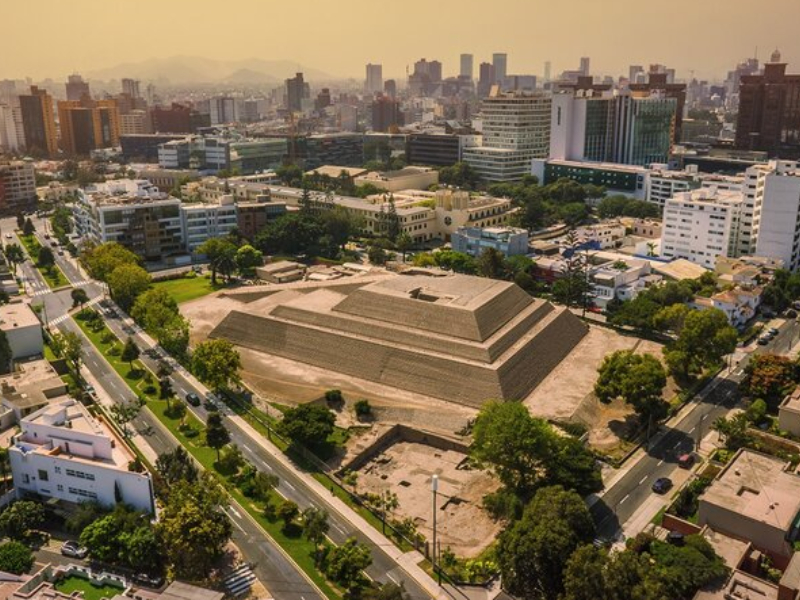
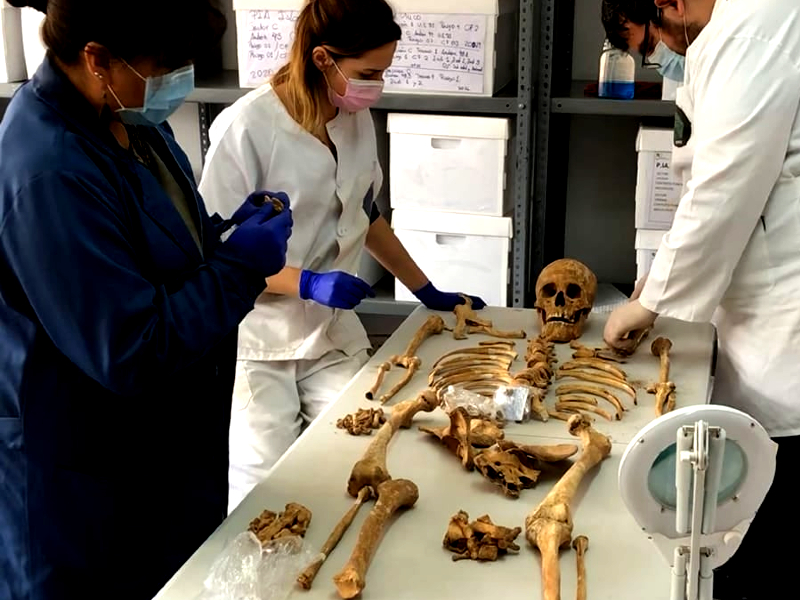
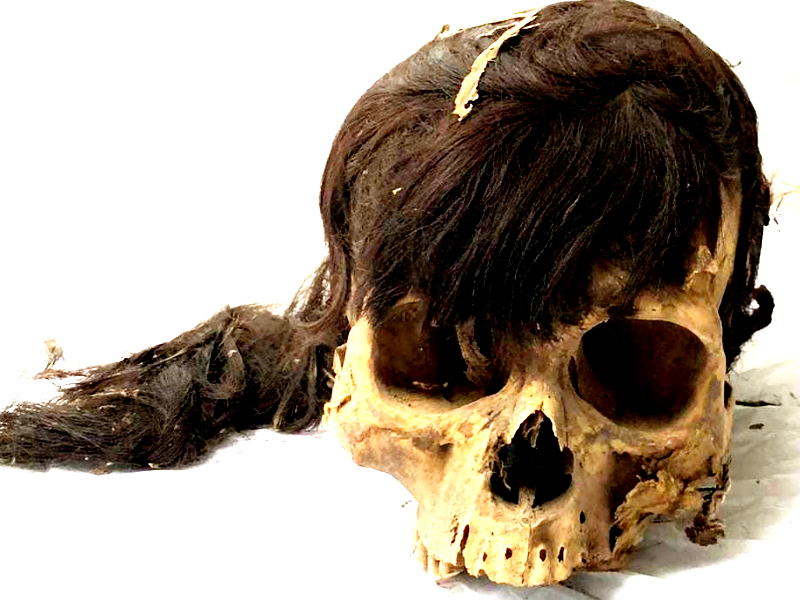
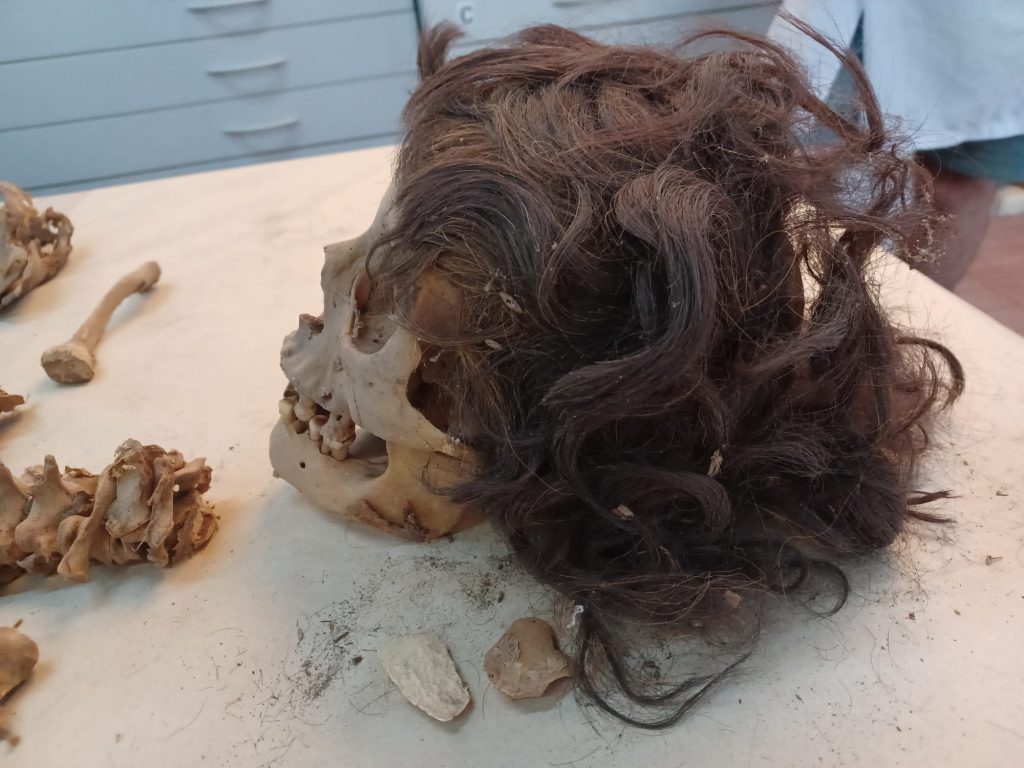
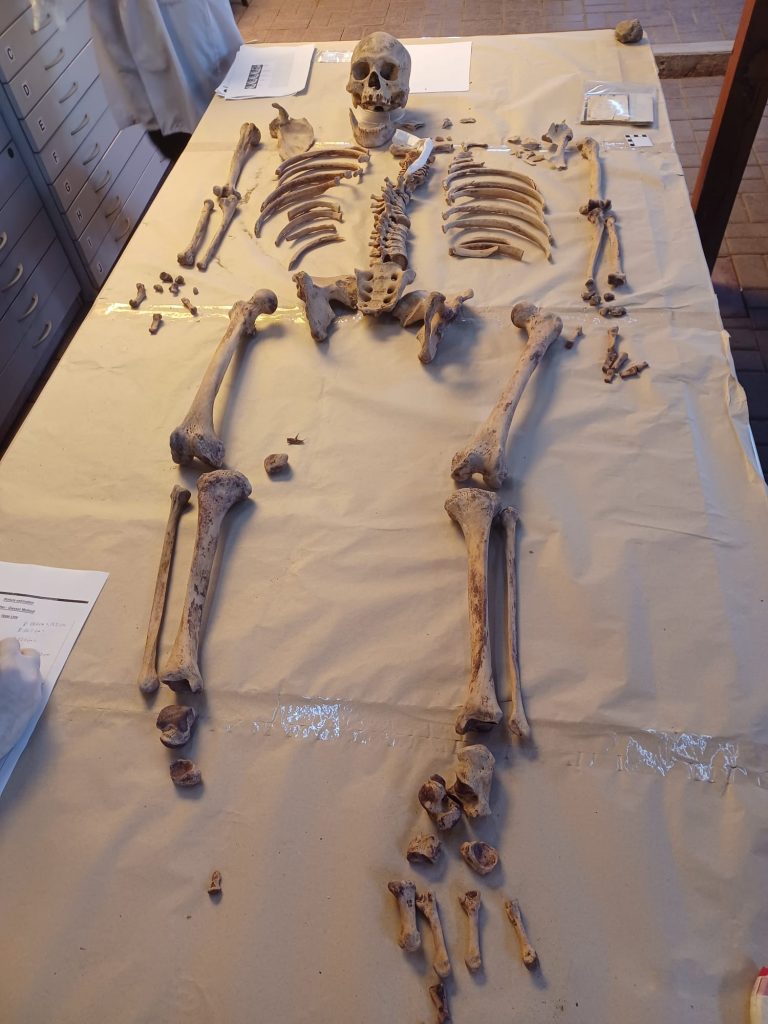
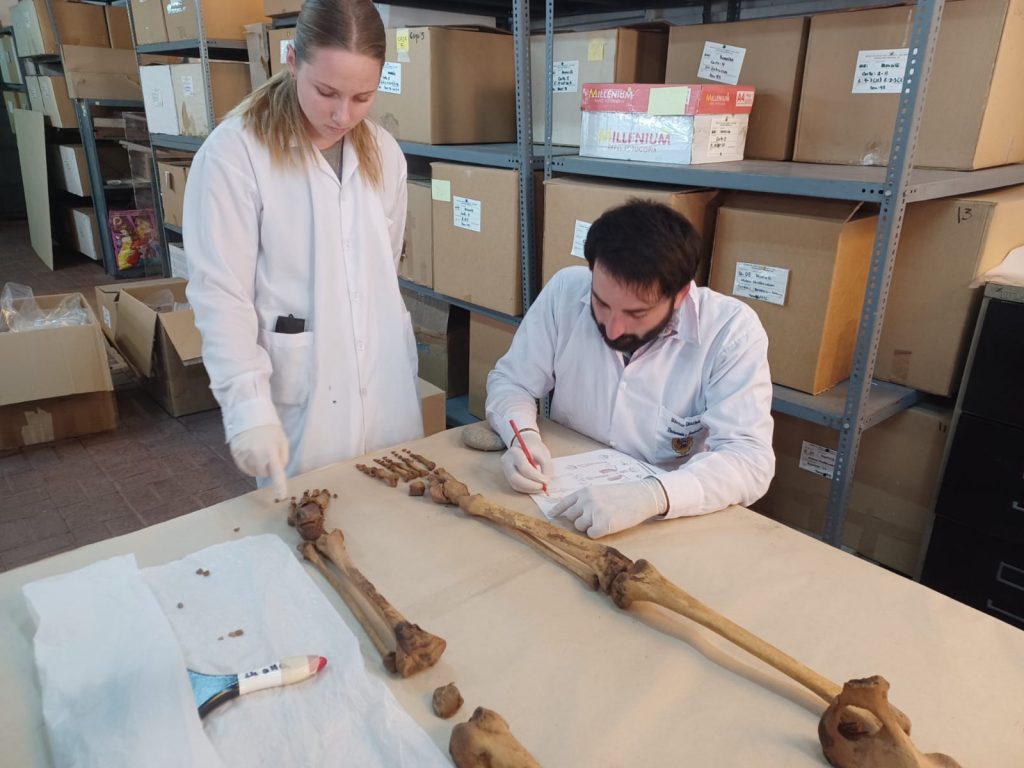
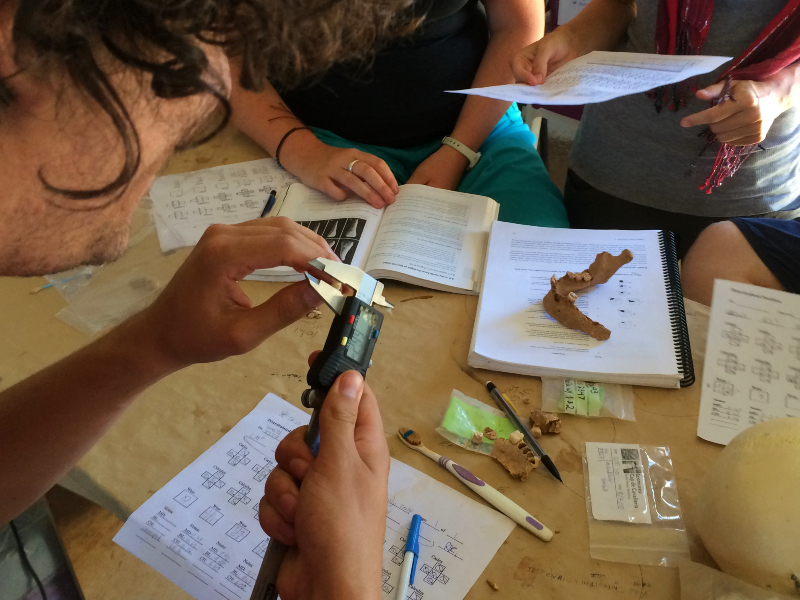
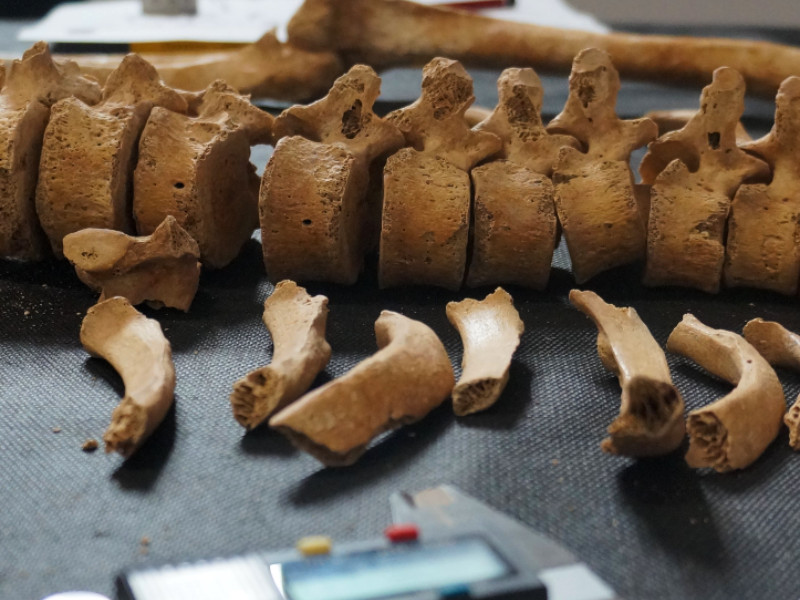
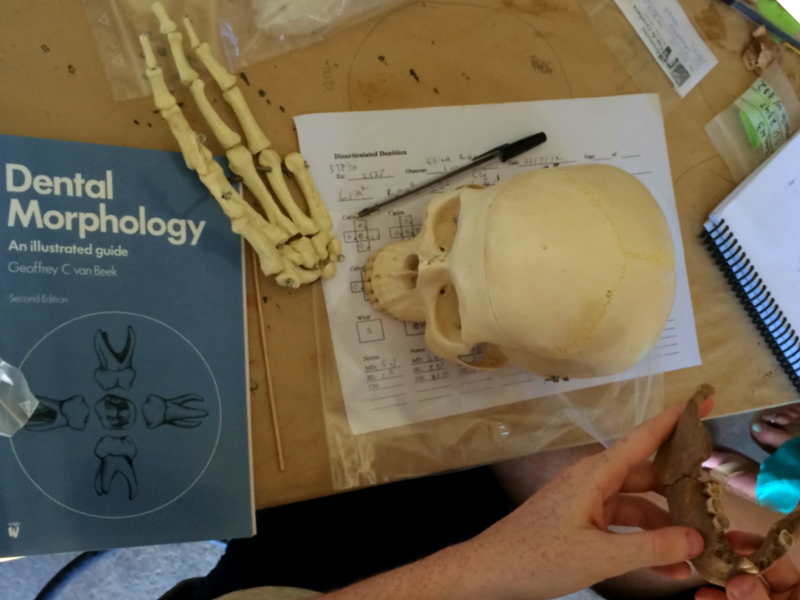
Location: Huaca Huallamarca, Av. Nicolas de Rivera 201, San Isidro 15073, Perú
Season: September 8, 2024 to October 31, 2024
Session Dates: Session #1 2024 | September 08 - September 22 $ 2850 Session #2 2024 | October 13 - October 27 $ 2850
Application Deadline: December 12, 2024
Deadline Type: Contact for Details
Website: http://archaeology.institute/055-advanced-bioarchaeological-techniques-in-lima-peru.asp
Program Type:
Field School, Volunteer
RPA Certified:
No
Affiliation:
Sanisera Archaeology Institute
Project Director:
The classes will be taught by Dr. Ricardo Ortega and will be promoted by the Institute for Professional Training in Forensic Sciences from Spain.
Dr. Ricardo Ortega,
Degree in History, specialty in Archaeology (2003 - 2008, UAM), Master in Archaeology and Heritage (2008-2010, UAM), Master in Forensic Archaeology and Anthropology (2013-2014, Cranfield University), PhD in BioMedical and BioMechanical Engineering (2019-2022, UPM). As a specialist in forensic archaeology and anthropology, he is director of the department of archaeology and forensic anthropology of the Institute of Professional Training in Forensic Sciences since 2013. In addition, since 2020, he is a professor of Forensic Anthropology at the Faculty of Criminology of the Isabel I University (Burgos, Spain).
As a forensic anthropologist, he is conducting studies in Spain, Italy, Malta, Cuba, Peru (Lima, Cusco), Mexico, Chile and Egypt (Saqqara and El Fayoum). And as a technician, he has directed and collaborated in the investigations carried out in different prehistoric, ancient, medieval and contemporary necropolis, such as the cases of the catacombs of San Telmo (Jerez de la Frontera, Spain), the Military Hospital of Olivenza de the War of Independence in Olivenza (Badajoz), the necropolis of Cortijo Nuevo and Cortijo Coracho (Lucena, Córdoba), the prehistoric Cave of the Castle, Puente Viesgo (Cantabria), and collaborations such as bone identification tasks in Parets del Vallés (Barcelona, Spain).
Project Description:
The Sanisera Archaeology Institute for International Field Schools offers an annual international archaeology program. Since then it has organized courses for students who come from all over the world to study abroad and who are interested in anthropology, bioarchaeology, osteology or archaeology.
The labwork focuses on the in-depth analysis of human skeletal remains recovered from The Pyramid located in the town of Lima (Peru) dated between the 11th – 15th centuries AD. The goal is to use advanced osteological techniques to understand the lifestyle of the people who lived on this site.
The Inca building it is a truncated pyramid made up of three overlapping articulated platforms whose access was through a side ramp located on the northeast side of the monument. Regarding its occupational sequence, three discontinuous periods of occupation are observed:
The 598 skulls were dated based on their morphology and typology once compared with other local cultures. In this way it is estimated that its wide range of antiquity is composed between 1,100 and 1400 AD.
Regarding the skeletal remains in the collection are unbeatable for the student because they are in an excellent state of preservation and also belong to articulated, practically complete individuals, including deformed skulls, individuals partially mummified and individuals from funerary bundles.
Bioanthropology internships will serve to complete the ongoing osteological research study.
Participants will learn the techniques of analyzing and recording information from human skeletal remains in an archaeological context. In this lab-based course, both lecture and experiential learning will be used to enable students to gain confidence in the identification and analysis of various skeletal conditions.
We will cover skills in basic demographics such as the techniques to determine age and sex of a skeleton, but will also progress to more advanced methodologies in osteological analysis. Students will learn skills such as: correctly measuring and recording skeletal elements according to set international standards , distinguishing between pathological and non- pathological bone and assessing patterns in pathological lesions, identifying marks on the skeleton that indicate how muscles were used during the person’s life (including determining left or right handedness), and assessing nutritional status from bones and teeth. Additionally, participants will learn how to bring these different sources of information together to re-create the biological life history of the individuals buried at this site.
The bone collection is deposited in the Museum of the site of Huallamarca, Lima (Peru). In this museum, the students will carry out the practices of this bioarchaeology course.
1. What you will learn
In the Laboratory
Theory
2. Directed at
This Sanisera Field School course does not include excavation, but centers exclusively on the study and teaching of osteology using the remains recovered from the prehispanic pyramid of Huallamarca, Lima, Perú, dated between the 11th – 15th centuries AD.
Participants will learn to draw conclusions and reconstruct aspects of the population’s demographics such as pathologies, illnesses, etc. Because this course is specifically centered on biological anthropological concepts, this course is limited to 8 participants in order to best assimilate and apply anthropological concepts.
Previous knowledge or experience in archaeology or computer systems is not required.
3. Field School life & language
The fieldwork runs 5 hours a day with time dedicated to the study of human osteology by the analysis of the skeletal remains. For every seven course days there are two days off.
The course is taught in English.
Elementary information:
https://linktr.ee/sanisera
Period(s) of Occupation: The 598 skulls were dated based on their morphology and typology once compared with other local cultures. In this way it is estimated that its wide range of antiquity is composed between 1,100 and 1400 AD.
Notes:
Certificates - At the end of the Field Program, students will receive a certificate of participation stating the hours and activities of the course. Participants that perform exceedingly well in the course may receive a letter of recommendation from our organization upon request.
Project Size: 1-24 participants
Minimum Length of Stay for Volunteers: 12
Minimum Age: 18 and young students between 16 and 18 years old can apply with special permission from their parents.
Experience Required: Previous knowledge or experience in archaeology.
Room and Board Arrangements:
Course fee
• Course tuition.
• Accident insurance at the Archaeological Museum of the pyramid of Huallamarca.
• Certificate of participation.
• Accommodation in the Student Residency of Lima, Perú very close to the museum and in one of the best districts of the city with high security and comfort.
• Free daily access to the Archaeological Museum of the pyramid of Huallamarca, place where the laboratory practices will be done.
• Scrupulous daily cleaning of the entire residence by professionals with hygienic products against Covid.
• Following the protection measures, the staff will ensure that the use of the mask covering the nose and mouth is mandatory throughout the day, whether during field work, laboratory activities or visits. In the common spaces of the residence it will also be mandatory. If any participant does not follow these rules, they will be expelled from the course.
• Each participant upon arrival at the facilities will sign a responsible statement in accordance with the preventive measures of COVID and that in case of discomfort or symptoms that both he and the staff consider may be harmful to the rest of the participants, they must go to a medical assistance center to diagnose your condition.
Airfare not included from the student home to/from Lima, Perú.
Meals are not included, although we will recommend some cafés and restaurants that do not exceed the average of 12 $ /day in meals.
The visit to the famous site of Machu Picchu is recommended during the rest days of the course. Our teachers can help you organize the trip; however, the costs of the excursion are not included in the course fee.
Entry tickets to museums and historical buildings are not included either.
Academic Credit:
http://archaeology.institute/sanisera-archaeology-institute-petition-for-credits.asp
Fernando Contreras Rodrigo
Apdo. 68
Es Mercadal
Spain
07740
Spain
Phone: +34 608894650
The AIA is North America's largest and oldest nonprofit organization dedicated to archaeology. The Institute advances awareness, education, fieldwork, preservation, publication, and research of archaeological sites and cultural heritage throughout the world. Your contribution makes a difference.
Notifications